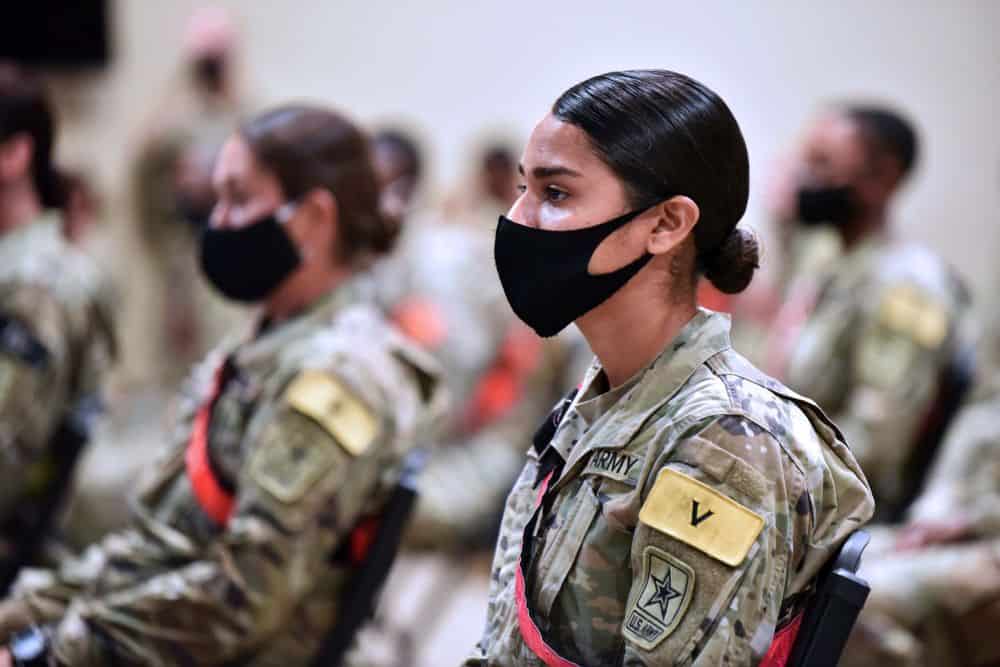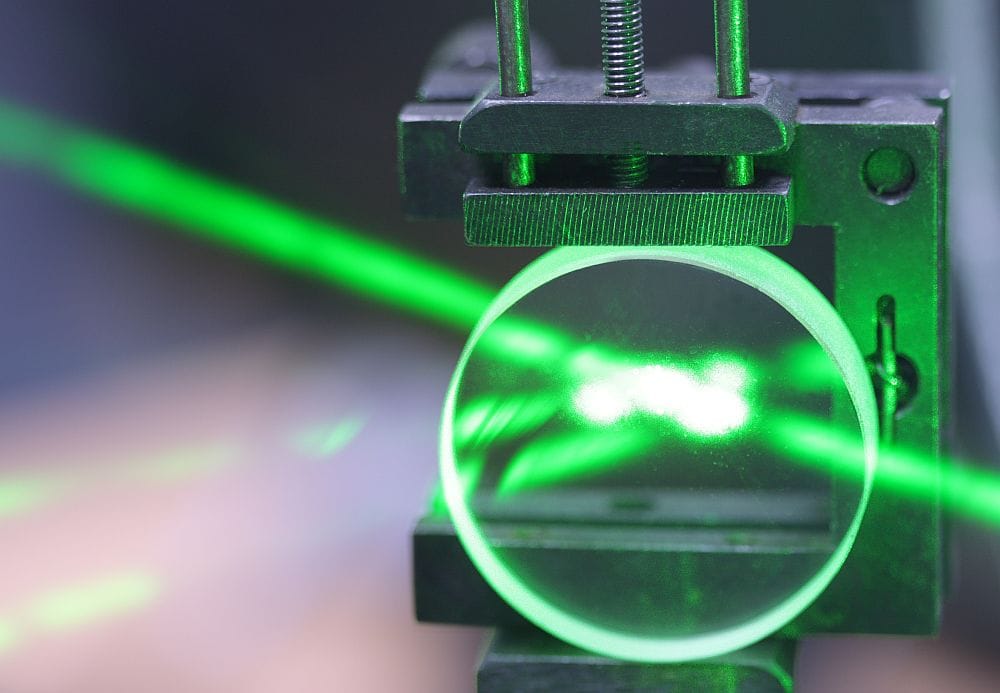
[Image above] A new program housed under the U.S. Department of Defense aims to accelerate development of breath analyzers for rapid diagnosis of respiratory illnesses among warfighters. Credit: Jose Rodriguez (Army), U.S. Department of Defense
With COVID-19 infections and hospitalizations again on the rise, people’s waning interest in testing is picking back up again as well. Unfortunately for us, that means a return to the dreaded days of nasal swabs, which remain the most common testing method for COVID-19.
Despite the ongoing debate over whether nasal or throat swabs are the most accurate at detecting the SARS-CoV-2 virus, people agree that neither test is very comfortable. And even the fastest version of each respective test still takes 15 minutes to confirm results—a lengthy period when mass testing hundreds of thousands of people during a global health crisis.
Instead of swabs, breath analyzers are emerging as an alternative testing method for medical diagnostics.
Breath analyzers are handheld devices that use selective gas sensing elements to detect certain chemical compounds in a person’s breath. Based on the compounds detected, conclusions can be drawn about the person’s physical condition.
Breath analyzer tests are easily administered—no need for intrusive sample collection—and can provide results almost immediately. These factors have made breath analyzers a key tool for law enforcement officers, who use breath analyzers during traffic stops to measure the amount of alcohol in a driver’s breath.
But researchers are working to expand the use of breath analyzers in the medical field, where it could transform how diseases and disorders are diagnosed. ACerS Fellow Pelagia-Irene (Perena) Gouma, Edward Orton, Jr., Chair in Ceramic Engineering at The Ohio State University (OSU), has made many contributions in this area.
Gouma began exploring the use of breath analyzers for medical diagnostics in 2003, following her invention of a selective ammonia gas sensor that can discriminate and measure ammonia gas in a complex environment. Since then, she also led development on breath analyzers that can be used to diagnose the flu, sleep apnea, and COVID-19, among other diseases and disorders.

Perena Gouma
In August 2023, Gouma’s expertise in breath analysis was recognized when her group at OSU was the third organization to receive funding under the U.S. Department of Defense’s new EXHALE Program.
The EXHALE Program is a partnership between the Defense Department’s Defense Threat Reduction Agency and Defense Innovation Unit. Launched in May 2023, it aims to accelerate development of portable, easy-to-use breath analyzers for rapid diagnosis of respiratory illnesses among warfighters.
The prototype breath analyzers developed through the EXHALE Program will be acquired by the Defense Department through an Other Transaction Authority (OTA) agreement. OTAs have been a feature of the government acquisition system for decades, but it is only recently that the Defense Department started making heavy use of this acquisition mechanism.
Per the OTA, there is potential to pursue follow-on production of the breath analyzers if the pilot project succeeds in addressing the program metrics. In anticipation of the pilot project’s success, OSU formed a start-up to commercialize the technology, as reported in an OSU press release.
The other two organizations that received EXHALE funding, companies Owlstone and Detect-Ion, issued press releases here and here detailing the prototypes they plan to develop with this funding.
Author
Lisa McDonald
CTT Categories
- Material Innovations


